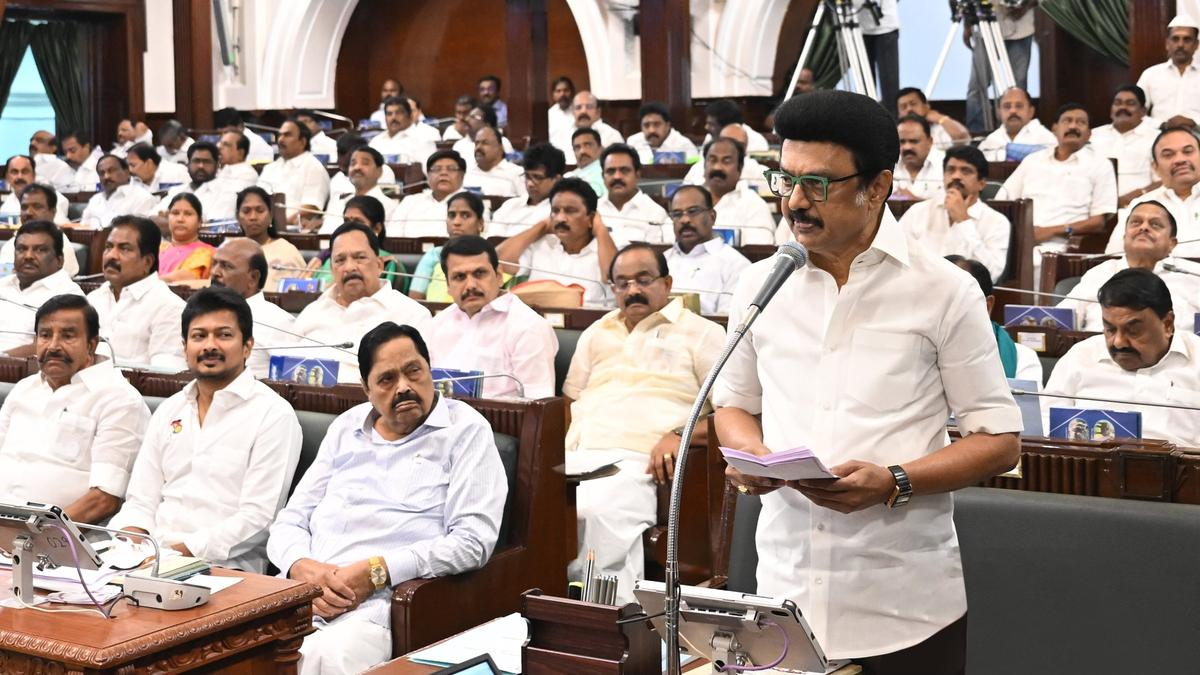




Copyright infringement not intended
Picture Courtesy: https://globalallianceagainsthungerandpoverty.org/
The G20 Leaders Summit in Rio de Janeiro, Brazil, officially launched the Global Alliance Against Hunger and Poverty.
It is an initiative launched during Brazil's 2024 presidency of the G20. It was introduced by Brazil.
It serves as a platform for connecting countries experiencing hunger and poverty with public policies aimed at addressing these issues, and bringing together partners willing to provide expertise or financial support.
The Alliance's primary goal is to eradicate hunger and poverty by 2030, in line with the 2030 Agenda for Sustainable Development adopted by all UN member states in 2015.
Why is the Global Alliance Against Hunger and Poverty necessary? |
Increasing Poverty and Hunger: The State of Food Security and Nutrition in the World (SOFI) report found that 712 million people lived in extreme poverty in 2022, and 733 million people were hungry in 2023, with millions suffering from malnutrition. The rising financing gap for achieving the SDGs, especially SDG 1 (no poverty) and SDG 2 (zero hunger) requires a coordinated international approach for resource mobilization. Conflicts, climate change, and economic inequality have contributed to hunger and poverty, making collective action even more necessary. The World Bank and the United Nations estimated that by 2030, 622 million people will be in extreme poverty and 582 million will be hungry. |
Organize global political efforts to combat hunger and poverty.
Gather domestic and international resources for country-led initiatives to combat hunger and poverty.
Provide a governance framework to guide country-led actions, with policies using a reference basket approach that does not require collective approval.
Implement a wide range of programs, including food assistance, social protection schemes, school meals, support for smallholder farmers, and maternal and early childhood nutrition.
The Alliance members will hold regular meetings to discuss and combat hunger and poverty. It allows countries to access proven best practices and identify potential partners for assistance.
It provides technical expertise and financial assistance to countries in the development of national models aimed at eliminating hunger and poverty. A council will oversee the Alliance's initiatives and ensure progress.
The Alliance acts as a "matchmaker," connecting countries in need with donors and technical support instead of having an exclusive fund.
The Alliance has identified an evidence-based policy basket that includes more than 50 policy instruments that member countries can support.
Six "Sprints 2030" programme to focus on high-impact areas, with targeted initiatives aimed at the most vulnerable. These include school meals, cash transfers, support for smallholder and family farming, socioeconomic inclusion programs, integrated maternal and early childhood interventions, and water access solutions.
Resources are collected from the Alliance's member countries and institutions, including the FAO, UNICEF, and the World Bank.
It encourages innovative strategies such as blended financing and concessional co-financing.
It does not have a dedicated fund, instead, it connects countries with potential donors and financial partners.
Its annual operating costs are estimated to be between $2 and $3 million.
Focuses on coordinating national public policies for hunger and poverty eradication.
Integrates data, technologies, and evidence-based solutions.
Mobilizes large-scale resources for country-led initiatives.

The Alliance now includes 148 members
It is open to all UN member and observer countries, development partners, and research institutions.
Must Read Articles:
STATE OF FOOD AND AGRICULTURE 2024
THE IMPACT OF DISASTERS ON AGRICULTURE AND FOOD SECURITY
FOOD AND AGRICULTURE ORGANIZATION
STATE OF FOOD SECURITY AND NUTRITION IN THE WORLD (SOFI) REPORT
Source:
|
PRACTICE QUESTION Q.Discuss the significance of the Global Alliance Against Hunger and Poverty in achieving the Sustainable Development Goals. (150 words) |









© 2025 iasgyan. All right reserved